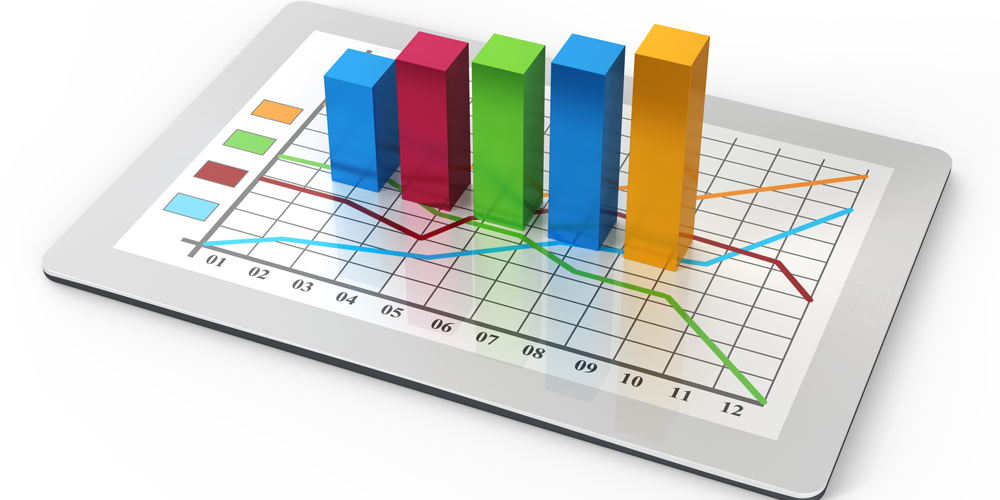
Last week we featured part 1 of our list of economic relationships you need to know (found here). This week we are rounding out the list with three more key economic relationships:
- Interest Rates Up, Investment Up: How does a business, household or country determine how much money to invest? There are a lot of factors that go into that decision, but probably no other factor is as important as the prevailing interest rate. Interest is the money received for lending one’s money to another party (or, from the opposite perspective, the money paid to a lender for the right to borrow). The interest rate is then the ratio of money paid as interest to the amount lent/borrowed, usually quoted as a percent (so if you pay $5 to borrow $100, the rate is 5%). As an investor, you want to look for the highest possible rate of return for your money. Thus, the higher the prevailing interest rates in your country, the higher will be your incentive to invest your money. As a result, when interest rates increase (as they did in the US recently), investment will typically go up.
- Money Supply Up, Interest Rates Down: If interest rates determine investment, what determines interest rates? Well, in a way, the interest rate is the “price” of borrowing money and, in economics, prices are usually determined by quantities. Quantities of goods, quantities of services and, in the case of interest rates, the quantity of available money. Interest rates are largely determined by the supply of money in the economy. The more money there is available to firms and individual borrowers, the less banks and other lenders will be able to demand for the right to borrow that money. If a bank charges too much, potential borrowers can just go to another source to get money. This gives lenders the incentive to all charge around the same amount for access to that money. This relationship is what gives central banks so much power. A central bank, such as the U.S. Federal Reserve, has the legal right to print money and thus effectively controls the supply of money in the economy. If the Fed wants to stimulate the economy, like it needed to during the Great Recession, it can (effectively) lower interest rates by printing money, pumping money into the financial system and providing businesses the incentive to invest more. There’s more to it than that, but if you hear that the Fed plans to raise (lower) interest rates, just know that it’s doing so by decreasing (increasing) the supply of money.
- Economic Growth Up, Unemployment Down: As discussed, the amount of money in the economy plays a major role in determining interest rates. And interest rates largely determine how much businesses and households invest. Investment is crucial for a business to undertake new projects and be able to offer new products and services to consumers. But investment is only one part of the equation. To determine the overall “health” of an economy and the potential for individuals to buy their products, businesses also need to know how much domestic consumers, foreigners and the government are currently spending on goods and services. On the macro level, the amount spent on consumption, investment, government services and net exports (less imports) is known as gross domestic product (GDP). If spending on goods and services is not increasing (GDP is not growing) or has been decreasing (recession), it may not make sense for a business to bring a new product to market. And if that’s the case, businesses may not need as many workers to create such products. Thus, there exists a key link between GDP and unemployment. If GDP is growing, it’s more than likely that more workers are being hired to create products and services and thus unemployment will be declining.
Economics and finance is more complicated than the simple relationships described here, but these offer a rough depiction of how the decisions made by various actors play out in the real world to distribute resources and create an economy. As you hopefully see from these examples, economics and finance are largely influenced by human motivations. And by understanding humans, you just may be able to use those insights to improve your household, business or country.







